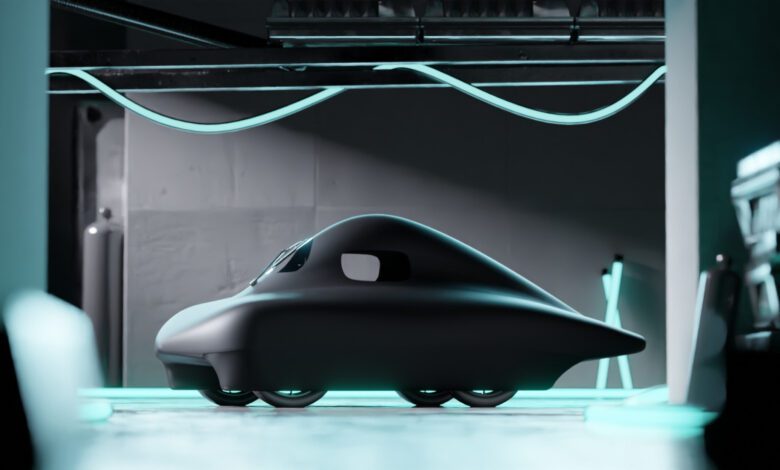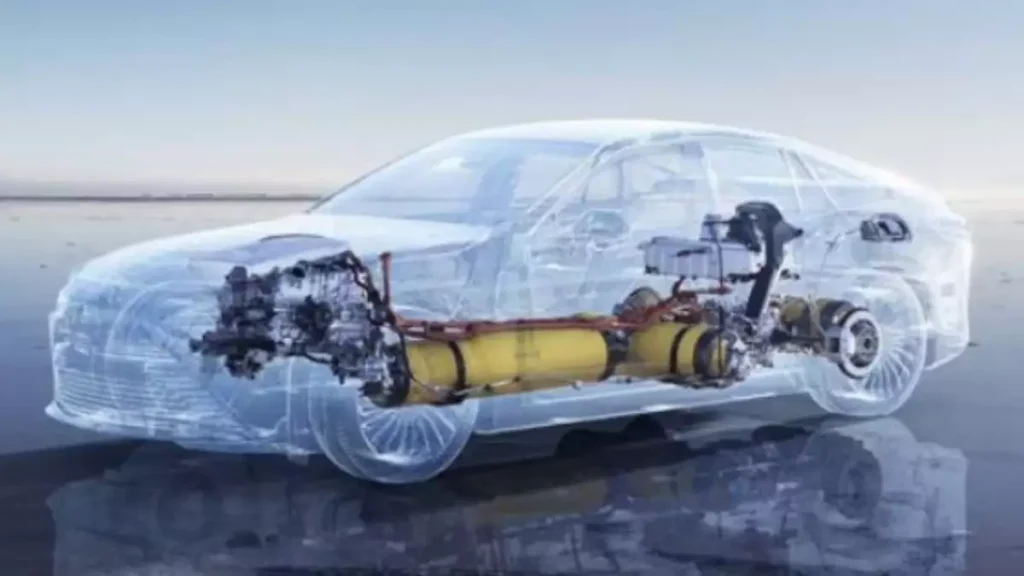
In a groundbreaking achievement in hydrogen cars, a team of brilliant students from the Delft University of Technology unveiled an extraordinary hydrogen car that pushes the boundaries of energy efficiency. This remarkable vehicle represents a significant leap forward in sustainable transportation solutions.
In the realm of technological advancements, the automotive industry has always been at the forefront, constantly pushing the boundaries of innovation. In this article, we will explore the groundbreaking project by these students, delve into the design and innovation behind their creation, examine the car’s efficiency and performance, and discuss its environmental impact. Let’s embark on this journey toward a cleaner future powered by hydrogen technology.
Hydrogen Fuel Cell Technology
The heart of this exceptional car lies in its advanced hydrogen fuel cell technology. Unlike traditional gasoline or electric vehicles, which rely on fossil fuels or large battery packs respectively, this hydrogen car utilizes hydrogen gas as its primary fuel source. The hydrogen gas is stored in high-pressure tanks, ready to be converted into electricity through an electrochemical process within the fuel cell.
How Does the Fuel Cell Work?
The fuel cell consists of several key components:
- Anode: At the anode, hydrogen molecules are stripped of their electrons, resulting in the release of positively charged hydrogen ions (protons) and negatively charged electrons.
- Electrolyte: The electrolyte, often a polymer membrane, allows only the positively charged hydrogen ions to pass through while blocking the electrons.
- Cathode: The cathode receives the hydrogen ions from the electrolyte, where they combine with oxygen from the surrounding air.
- Electrical Circuit: As the hydrogen ions combine with oxygen, the electrons are forced to travel through an external circuit, generating electrical power that can be utilized to drive the car’s motors.
The beauty of this technology lies in its efficiency and environmental friendliness. The only byproduct of the hydrogen fuel cell’s electrochemical reaction is pure water, making it a truly clean energy solution.


Unparalleled Efficiency
The hydrogen car developed by the Dutch students boasts an extraordinary level of efficiency, outperforming many conventional vehicles in terms of energy consumption and range. This exceptional achievement can be attributed to several factors:
Lightweight Design
The car’s chassis and body are constructed using lightweight materials such as carbon fiber composites and aluminum alloys. This weight reduction significantly enhances the vehicle’s overall efficiency, allowing for improved acceleration, range, and fuel economy.
Aerodynamic Excellence
Streamlined aerodynamics play a crucial role in minimizing drag and maximizing energy efficiency. The design team employed extensive wind tunnel testing and computer simulations to optimize the car’s shape, reducing air resistance and enhancing its overall performance.
Cutting-Edge Energy Management
The intelligent energy management system in this hydrogen car ensures optimal power distribution, enhancing efficiency and range. It carefully monitors the energy flow between the fuel cell, the battery pack (if applicable), and other auxiliary systems, maximizing overall system efficiency.
Environmental Benefits
Hydrogen-powered vehicles offer a myriad of environmental benefits, addressing the urgent need for sustainable transportation solutions. Let’s explore some of the advantages:
Zero Emissions
When it comes to air pollution, hydrogen-powered vehicles have the upper hand. As mentioned earlier, the only byproduct of the fuel cell’s operation is pure water vapor, eliminating harmful emissions like carbon dioxide, nitrogen oxides, and particulate matter that contribute to global warming and air pollution.
Renewable Hydrogen Production
Hydrogen gas can be produced through various renewable methods such as electrolysis, where water molecules are split into hydrogen and oxygen using electricity from renewable sources like solar or wind power. This means that hydrogen-powered vehicles can be fueled by truly sustainable and clean energy.
Conclusion
In conclusion, the unveiling of the ‘world’s most efficient’ hydrogen car by Dutch students is an extraordinary achievement that will undoubtedly leave a lasting impact on the automotive industry. With its unprecedented efficiency, remarkable performance, and eco-friendly nature, this vehicle has the potential to reshape the way we travel. By harnessing the power of hydrogen fuel cells, the Dutch students have showcased the immense potential of this clean and renewable energy source. The future of sustainable transportation looks brighter than ever, and it is innovations like this that will drive us toward a greener and more sustainable tomorrow.





